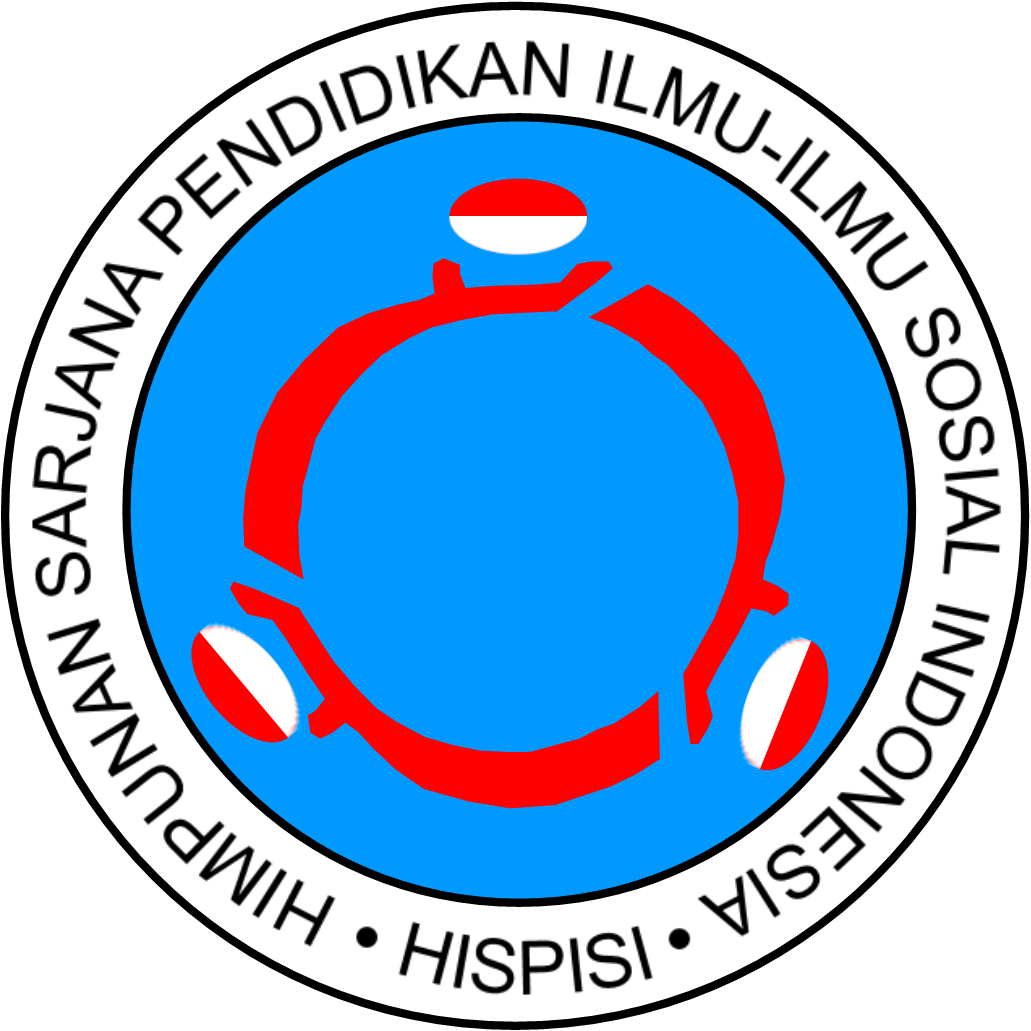Character Building through Online Learning Using a Mobile Gadget at a Junior High School in Medan, Indonesia
Abstract
This study aims to find out what influences students’ character building. In addition, this study examines the various problems faced by students, teachers, and parents during the pandemic in relation to the policies decreed by the Ministry of Education, Republic of Indonesia, regarding application of online learning as the most effective way to solve problems during the covid-19 pandemic. This research also provides solutions to overcome the problems that raised, namely the roles of gadget which can shape the character of students so that the implementation of education is better. This is considering that the benefits of character education are not only for students as individuals, but they are as a group as well as their families, social environment, and their future.
Keywords
Full Text:
PDFReferences
Abdullah, I., Hudayana, B., Kutanegara, P. M., and Indiyanto, A. (2019). Beyond school reach: Character education in three schools in Yogyakarta, Indonesia. Journal of Educational and Social Research, 9(3), 145-159.
Ajmain, M. T., Mahpuz, A. N. A., Rahman, S. N. H. A., and Mohamad, A. M. (2019). Industrial revolution 4.0: Innovation and challenges of Islamic education teachers in teaching. BITARA International Journal of Civilizational Studies and Human Sciences (e-ISSN: 2600-9080), 2(1), 38-47.
Amiel, T., and Reeves, T. C. (2008). Design-based research and educational technology: Rethinking technology and the research agenda. Journal of educational technology and society, 11(4), 29-40.
Atkinson, M. M., and Coleman, W. D. (1992). Policy networks, policy communities and the problems of governance. Governance, 5(2), 154-180.
Chen, W. C. (2012). How education enhances happiness: Comparison of mediating factors in four East Asian countries. Social indicators research, 106, 117-131.
Chusna, P. A. (2017). Pengaruh media gadget pada perkembangan karakter anak. Dinamika Penelitian: Media Komunikasi Penelitian Sosial Keagamaan, 17(2), 315-330.
Fakhruddin, A., No, U., Nasional, S. P., Sisdiknas, U. U., Yang, T., and Esa, M. (2014). Urgensi pendidikan nilai untuk memecahkan problematika nilai dalam konteks pendidikan persekolahan. Jurnal Pendidikan Agama Islam-Ta’lim, 12(1), 79.
Hrastinski, S. (2009). A theory of online learning as online participation. Computers and Education, 52(1), 78-82.
Ikhwan, A., Biantoro, O. F., and Rohmad, A. (2019). The Role of the Family in Internalizing Islamic Values. Dinamika Ilmu, 19(2), 323-335.
Jethro, O. O., Grace, A. M., and Thomas, A. K. (2012). E-learning and its effects on teaching and learning in a global age. International Journal of Academic Research in Business and Social Sciences, 2(1), 203.
Kaushik, V., and Walsh, C. A. (2019). Pragmatism as a research paradigm and its implications for social work research. Social sciences, 8(9), 255.
Keller, C., and Cernerud, L. (2002). Students’ perceptions of e‐learning in university education. Journal of Educational Media, 27(1-2), 55-67.
Makkawaru, M. (2019). Pentingnya pendidikan bagi kehidupan dan pendidikan karakter dalam dunia pendidikan. Jurnal Konsepsi, 8(3), 116-119.
Musianto, L. S. (2002). Perbedaan pendekatan kuantitatif dengan pendekatan kualitatif dalam metode penelitian. Jurnal Manajemen dan kewirausahaan, 4(2), 123-136.
Noguera, P. (1995). Preventing and producing violence: A critical analysis of responses to school violence. Harvard Educational Review, 65(2), 189-213.
Purwanto, A., Asbari, M., and Santoso, T. I. (2021). Analisis Data Penelitian Marketing: Perbandingan Hasil antara Amos, SmartPLS, WarpPLS, dan SPSS Untuk Jumlah Sampel Besar. Journal of Industrial Engineering and Management Research, 2(4), 216-227.
Roeser, R. W., and Peck, S. C. (2009). An education in awareness: Self, motivation, and self-regulated learning in contemplative perspective. Educational psychologist, 44(2), 119-136.
Santika, I. W. E. (2020). Pendidikan karakter pada pembelajaran daring. Indonesian Values and Character Education Journal, 3(1), 8-19.
Seviana, F. L., Sitompul, N. C., and Degeng, I. N. S. (2021).Is There Differences The Effect Of Interactive Methods On Students'social Interaction During E-Learning?. Jurnal Pendidikan Ilmu Sosial, 30(2), 201-210.
Utami, S., and Suwarno, S. (2019). Peningkatan Kemampuan Motorik Halus Dengan Menggambar Dekoratif Pada Kelompok Bermain (Kb) Budi Utomo Pulokulon Kecamatan Pulokulon Kabupaten Grobogan. Dar el-Ilmi: jurnal studi keagamaan, pendidikan dan humaniora, 6(1), 185-204.
Wang, F. Y., Tang, Y., Liu, X., and Yuan, Y. (2019). Social education: Opportunities and challenges in cyber-physical-social space. IEEE Transactions on Computational Social Systems, 6(2), 191-196.
DOI: https://doi.org/10.17509/jpis.v30i2.41067
Refbacks
- There are currently no refbacks.
Copyright (c) 2021 Diancrisy Situmeang, Risdo Sappetua Purba, Desinora Natalia Hutauruk, Aninda Nesya Mode, Reza Pratama

This work is licensed under a Creative Commons Attribution-NonCommercial-ShareAlike 4.0 International License.














